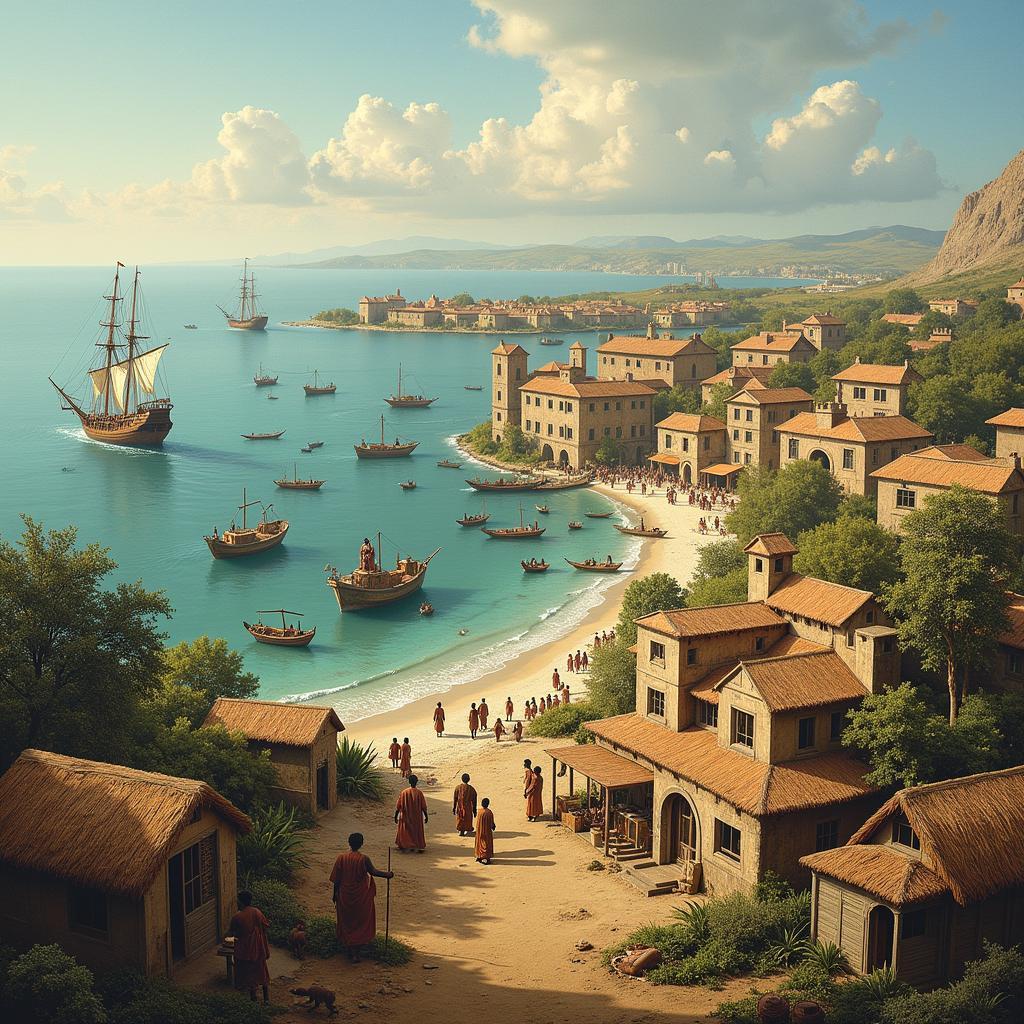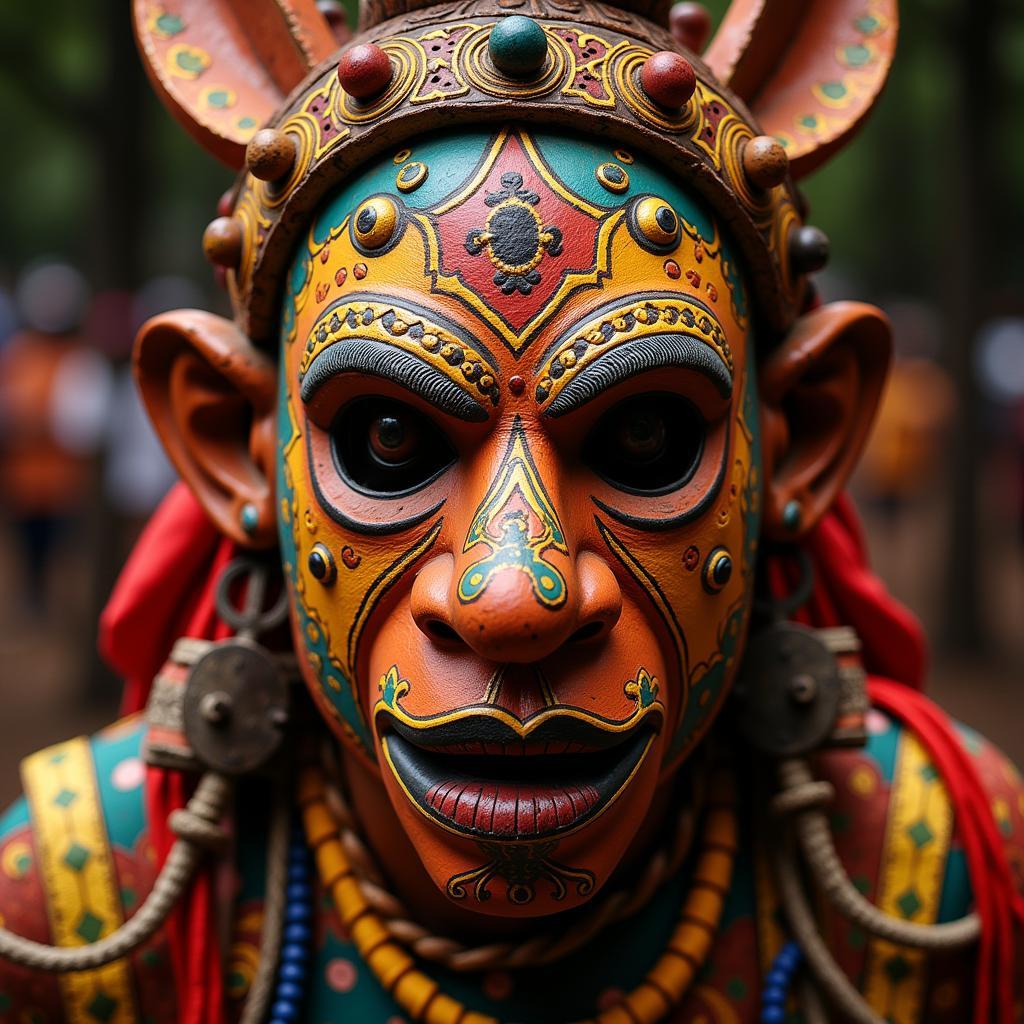A Deep Dive into African Cruise History
The history of African cruises is a fascinating and complex tapestry woven from threads of exploration, colonialism, trade, and ultimately, leisure and tourism. Understanding “African Cruise History” requires delving into how this industry evolved alongside the continent’s own multifaceted story.
Early Voyages: Seeds of a Future Industry
While the concept of leisurely cruises as we know them today didn’t exist in earlier centuries, the seeds of “african cruise history” were sown during the Age of Exploration. European powers, driven by a thirst for new trade routes and resources, navigated the African coastline, establishing trading posts and colonies.
These voyages, though primarily commercial and often exploitative, marked the beginning of regular maritime traffic to and from the continent. Gradually, as colonial infrastructure developed, passenger travel, albeit limited to officials, merchants, and affluent individuals, started to emerge.
 Early African Coastal Trading Post
Early African Coastal Trading Post
The Rise of Passenger Liners and the African Route
The 19th and early 20th centuries witnessed a revolutionary shift in maritime travel with the advent of steamships and later, luxurious passenger liners. These technological marvels significantly reduced travel time and increased passenger capacity, opening up new possibilities for leisure travel, including to destinations like Africa.
The “African route,” connecting Europe to the southern tip of Africa and further east, gained prominence. Initially, these voyages served a dual purpose: transporting passengers and mail to colonial outposts while offering affluent Europeans a taste of the exotic.
Post-Colonial Era: Tourism Takes Center Stage
The latter half of the 20th century brought about significant political and social change with the decolonization of Africa. This period also witnessed a burgeoning global middle class with a growing appetite for travel and new experiences. “African cruise history” took a significant turn as tourism emerged as a key industry for many newly independent nations.
Cruises became less about colonial expeditions and more about showcasing the beauty, diversity, and cultural richness of Africa. Itineraries evolved to include visits to national parks for wildlife viewing, historical sites, vibrant coastal cities, and opportunities to experience local cultures through music, dance, and cuisine.
African Cruises Today: A Blend of Luxury and Authenticity
Today, “african cruise history” continues to be written as the industry adapts to changing traveler preferences and sustainability concerns. Modern African cruises offer a diverse range of experiences, catering to various budgets and interests.
From luxury liners with opulent amenities and curated excursions to smaller, more intimate expedition ships focusing on eco-tourism and authentic cultural immersion, there’s a cruise experience for every kind of traveler seeking to explore the magic of Africa.
Looking Ahead: Sustainable and Responsible Tourism
As we look to the future of “african cruise history,” the focus is shifting towards sustainability and responsible tourism. Cruise lines are increasingly incorporating eco-friendly practices, supporting local communities, and offering immersive cultural experiences that benefit both visitors and the destinations they visit.
The journey of “african cruise history” is a testament to the continent’s enduring allure and its ability to adapt and thrive in a constantly evolving world.

